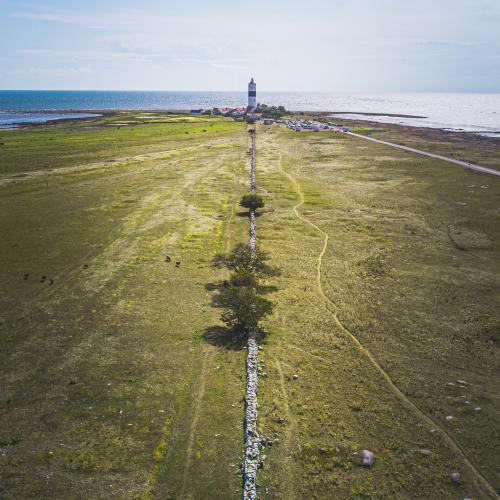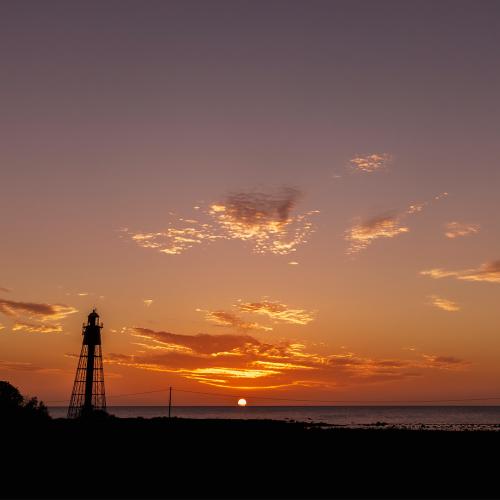world heritage, southern island's agricultural landscape
From Karlevi in the west to Gårdby in the east and then all the way down to the southern tip of Öland stretches a wonderful landscape and a unique cultural area. The row villages, the cultivated land, the lake lands and Stora alvaret together form the world heritage Södra Öland's agricultural landscape. Agriculture has been practiced on Öland for thousands of years. Due to the special conditions, only part of the island can be cultivated. Stora alvaret and the lake lands by the Baltic Sea have not been able to be cultivated but have mainly functioned as pasture. This means that today we can experience something as unique as a medieval farming landscape cultivated with modern machinery. Much that in southern Öland can be experienced as nature's untouched beauty is in fact a successful interaction between man and nature. Since 2000, the agricultural landscape has been on the UNESCO World Heritage List as one of the world's most unique places.





